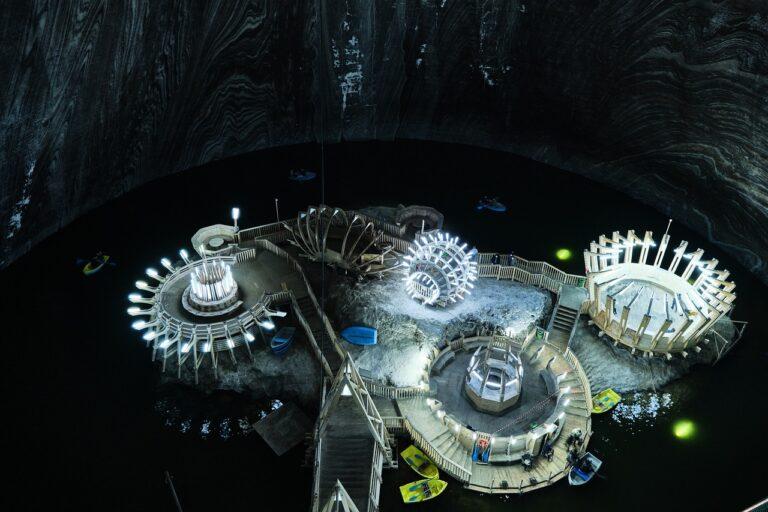The history of salt caves in Pakistan is primarily centered around the famous Khewra Salt Mine, one of the oldest and largest salt mines in the world. Located in the Punjab region of Pakistan, Khewra is not only a significant part of the country’s mining industry but also a notable historical and cultural landmark.
Contents
Early History:
Discovery: The discovery of the Khewra Salt Mine dates back to 320 BC, during the era of Alexander the Great. It is said that the salt was discovered when Alexander’s horses were seen licking the stones. A soldier then tasted the stone and realized it was salt, leading to the discovery of the salt deposits.
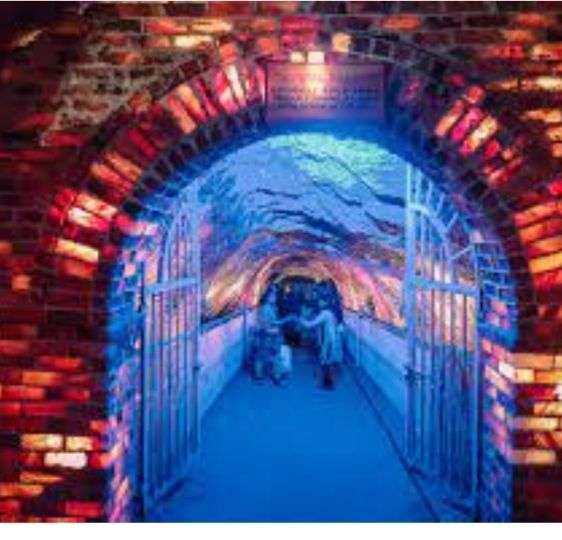
Ancient Mining:
The mining of salt in Khewra began in the Mughal era. During this time, the mining techniques were rudimentary, primarily involving manual labor.
Development Over Centuries:
Mughal Era: Under the Mughal Empire, the extraction of salt from Khewra was organized and regularized. Salt from Khewra was traded across the subcontinent, becoming a valuable commodity.
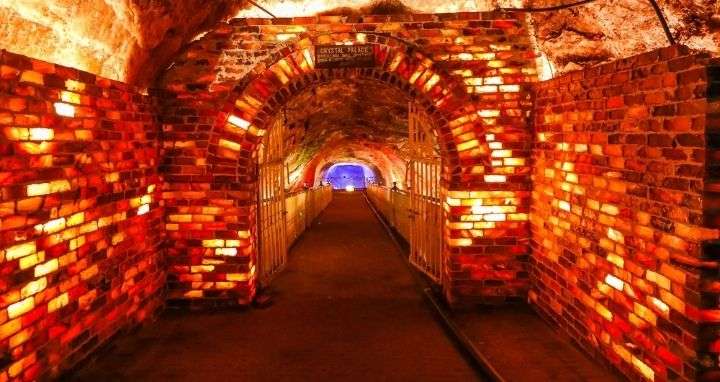
British Colonial Period: The British colonialists took control of the mine in the 19th century. They introduced modern mining techniques, improving both safety and production capacity. The British also built the first railway track in the area for better transportation of salt.
Post-Independence Era: After the partition in 1947, the Khewra Salt Mine became a part of Pakistan. The Pakistani government continued to modernize the mine, introducing more advanced mining techniques.
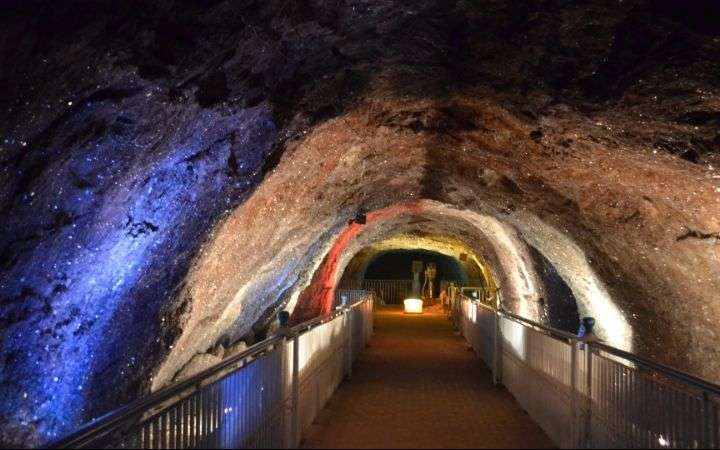
Salt mine and Tourism:
Tourist Attraction:
In recent decades, the Khewra Salt Mine has become a popular tourist destination. The mine features beautifully lit salt caves, a salt mosque, and various sculptures made from salt. It attracts thousands of visitors annually.
Health Claims:
There are claims about the therapeutic properties of the salt mine’s microclimate. Some believe that the salt caves can help with respiratory issues and allergies, though these claims are not universally accepted by the medical community.
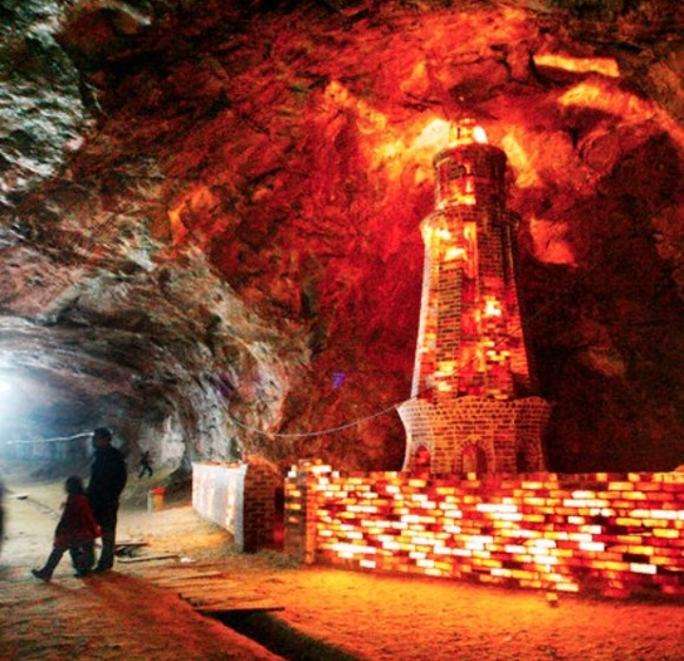
Educational Aspect:
The site serves not only as a tourist destination but also as an educational spot where people can learn about mining history and techniques.
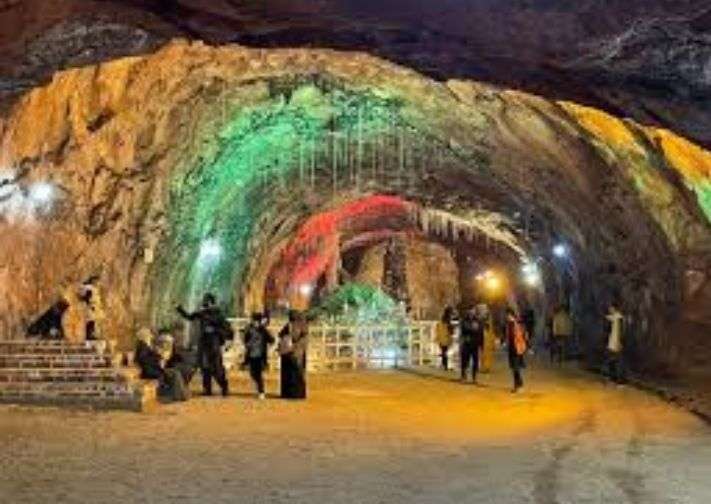
Cultural Significance:
The Khewra Salt Mine is a symbol of Pakistani heritage and history. It showcases the evolution of mining techniques over the centuries and represents a significant part of the local economy. The salt caves, with their stunning crystalline beauty and historical value, offer a unique glimpse into Pakistan’s geological and cultural past.
In summary, the salt caves of Pakistan, exemplified by the Khewra Salt Mine, are a fascinating blend of natural wonder, historical significance, and cultural heritage. They tell a story of ancient discovery, colonial changes, and modern tourism, making them an important part of Pakistan’s historical narrative.
Modern Developments and Conservation:
1. Sustainable Practices: In recent years, there has been an increased focus on sustainable and environmentally friendly mining practices in the Khewra Salt Mine. Efforts are made to ensure that the extraction of salt does not harm the mine’s natural structure and beauty.
2. Health Research and Salt Therapy:Modern research into the health benefits of salt caves, including those in Khewra, has sparked interest in salt therapy or halotherapy. Some studies suggest that the microclimate within salt mines may help alleviate respiratory conditions, although this is still a subject of ongoing research and debate in the medical community.
3. Economic Importance: The Khewra Salt Mine remains a major source of income, both from the mining operations and tourism. It contributes significantly to the local economy and provides employment opportunities in the region.
Challenges and Future Prospects:
1. Preservation Concerns: One of the challenges facing the Khewra Salt Mine is preserving its natural structure while continuing mining operations and accommodating increasing numbers of tourists.
2. Innovative Uses of Salt: Researchers and entrepreneurs are exploring new uses for Khewra salt, including decorative items, health and wellness products, and culinary applications, expanding its market potential.
3. Global Recognition: Efforts are underway to gain more global recognition for the Khewra Salt Mine, potentially as a UNESCO World Heritage site, which would enhance its cultural status and ensure more robust conservation efforts.
Conclusion:
The salt caves in Pakistan, particularly the Khewra Salt Mine, are more than just a mining site; they are a confluence of history, culture, and natural beauty. They continue to evolve, adapting to modern economic and environmental challenges while retaining their historical and cultural essence. As a living monument to Pakistan’s rich geological and historical heritage, the Khewra Salt Mine stands as a testament to human ingenuity and nature’s marvels.
I’m originally from Manchester (England) but I currently live in New York. I started this travel blog all the way back in 2009 to provide travel advice that wasn’t available in the guidebooks.
Since then I’ve traveled to over 60 countries, a lot of the time, solo. My site is filled with destination guides, things to do, epic itineraries and money-saving travel tips. I hope I can inspire you to see the world!





